Wow. Really overwhelmed with the response to my story about the real & #39;Lord of the Flies& #39;. So so happy that this extraordinary tale is finally - after 50 years! - becoming famous. Here& #39;s a thread (with pictures!) on how I found the & #39;boys& #39; three years ago /1 https://www.theguardian.com/books/2020/may/09/the-real-lord-of-the-flies-what-happened-when-six-boys-were-shipwrecked-for-15-months">https://www.theguardian.com/books/202...
Let& #39;s start with Lord of the Flies itself. Published in 1954, it& #39;s hailed as one of the classics of the twentieth century. The author, William Golding, had a very dark view of human nature. In his words: & #39;Man produces evil as a bee produces honey& #39;. /2
At the end of his fictional story, three of the children who shipwrecked on an uninhabited island, are dead. The last line is about the leader Ralph who, & #39;wept for the end of innocence& #39; and for & #39;the darkness is man& #39;s heart.& #39; /3
As so many teenagers, I read Lord of the Flies and remember feeling disillusioned afterwards. Only years later, while working on my new book HUMANKIND, I wondered: what would really happen? How would real kids in the real world behave? /4
I read John Carey& #39;s excellent biography of William Golding and discovered that he was a troubled man. An alcoholic. A man who beat his kids and, as a schoolteacher, did sick & #39;experiments& #39; with children (tried to set them up against each other). /5
For @The_Corres, I wrote an article on the subject, in which I compared Lord of the Flies to modern scientific insights and concluded that, in all probability, kids would act very differently.
But readers where not convinced. /6
But readers where not convinced. /6
All my examples concerned kids at home, at school or at summer camp. They didn& #39;t answer the fundamental question: what happens when kids are left on a deserted island all alone? That& #39;s when my quest for a real-life Lord of the Flies began! /7
As a proper investigative journalist, I started Googling. Search terms: & #39;Kids shipwrecked& #39;. & #39;Real-life Lord of the Flies& #39; etc. After a while, I came across a blog that told this story:
http://stephenfrug.blogspot.com/2013/05/quote-of-day-real-life-lord-of-flies.html">https://stephenfrug.blogspot.com/2013/05/q... /8
http://stephenfrug.blogspot.com/2013/05/quote-of-day-real-life-lord-of-flies.html">https://stephenfrug.blogspot.com/2013/05/q... /8
Wow, I thought. If this really happened, then why isn& #39;t it a super famous story? The article did not provide sources. After a couple of hours, I discovered that it came from a book by the anarchist Colin Ward from 1988. He cited an Italian politician Susanna Agnelli. /9
From a second-hand bookshop in the UK, I ordered her 1986 book, got it two weeks later, and found the story on page 94. But again: same details, same wording, no source. At that point I started to think that it probably didn& #39;t happen. /10
But luck was on my side. Sifting through a newspaper archive one day, I typed a year incorrectly and ended up deep in the 1960s. There its was. (Turned out: the reference to 1977 must have been a typo.) /11
In the 6 October 1966 edition of the Australian newspaper The Age this headline jumped out at me: & #39;SUNDAY SHOWING FOR TONGAN CASTAWAYS& #39;. The story concerned 6 boys who had been found three weeks earlier on the rocky island of & #39;Ata (near Tonga, an island group in the Pacific)./12
The boys had been rescued by an Australian captain, Peter Warner, after living on the island for more than a year! & #39;Their survival story already is regarded as one of the great classic stories of the sea,& #39; the piece concluded. /13
I was bursting with question. Were the boys still alive? Could I find the television footage? Luckily, I finally had a lead: the captain& #39;s name was Peter Warner. /14
So I did a search for his name and was lucky again. In a recent issue of the Daily Mercury, a paper from Mackay Australia, I came across the headline: MATES SHARE 50-YEAR BOND. It included this photo: /15
On the left, Peter Warner, almost 90 years old now, on the right, Mano Totau, 70 years old. They& #39;ve been the best of friends for 50 years. Where they met? On an uninhabited island. /16
In September 2017 my wife Maartje - who& #39;s a photographer - rented a car in Brisbane and drove three hours to the south. And there he was, sitting out in front of a low-slung house off a dirt road. Captain Peter Warner (on the right ;) ) /17
Peter Warner is a fascinating man. His life alone is worth a movie - but this thread is already too long, so let& #39;s get on with it. In the winter of 1966, Peter was fishing with his crew near the island & #39;Ata. /18
Through his binoculars, he suddenly saw a boy. Naked. Hair down to his shoulders. This wild creature leaped from the cliffside and plunged into the water. Suddenly more boys followed, screaming at the top of their lungs. /19
Peter ordered his crew to load their guns, mindful of the Polynesian custom of dumping dangerous criminals on remote islands. Then the first boy came: & #39;My name is Stephen,& #39; he cried, & #39;There are six of us and we reckon we& #39;ve been here for fifteen months.& #39; /19
They boys said they were from a boarding school in Nuku& #39;alofa, the capital of Tonga. But Peter didn& #39;t buy it. He used his two-way radio to call to Nuku& #39;alofa. & #39;I& #39;ve got six kids here,& #39; he told the operator. & #39;Can you telephone the school to find out if they& #39;re pupils there?& #39; /20
As Peter told me this part of the story, his eyes became watery. & #39;A very tearful operator came on the radio, and said: "You found them! These boys have been given up for dead. Funerals have been held. If it& #39;s them, this is a miracle!"& #39; /21
In the months that followed I tried to reconstruct what happened on the island of & #39;Ata. Peter put me in contact with his best friend, Mano Totau, one of the & #39;boys& #39; in this story. He was 15 at the time. (Photo& #39;s by John Carnemolla and Maartje ter Horst). /22
The real Lord of the Flies, Mano told me, began in June 1965. Mano and his friends - Sione, Stephen, Kolo, David and Luke - were pupils at St Andrew& #39;s, a strict catholic boarding school in Nuku& #39;alofa. They hated school and were bored witless. /23
So they decided to go on an adventure. They & #39;borrowed& #39; a boat from Mr Taniela Uhiela, a fisherman they all disliked. They didn& #39;t pack many supplies, and even forgot a compass. David was the only one who knew how to steer a boat. /24
That night, the boys made a grave error. They fell asleep. A few hours later they were awoken by a storm. The sail was torn to shreds, the rudder broke. & #39;We drifted for eight days,& #39; Mano told me. & #39;Without food. Without water.& #39;
Then, on the eight day: land! The island of & #39;Ata: a hulking mass of rock, jutting up more a thousand feet out of the ocean.
(Photo& #39;s by Alvaro Cerezo, a rugged Spanish adventurer who organises shipwreck expeditions for rich fok with unusual needs. He tried & #39;Ata, but when a historian/journalist asked him about it later, he said: & #39;Never. The island is far too tough.& #39; http://readingthemaps.blogspot.com/2016/11/in-remote-waters.html)">https://readingthemaps.blogspot.com/2016/11/i... /27
The teenagers had a different experience. Captain Peter Warner gave me his memoir, in which he wrote... /28
& #39;By the time we arrived, the boys had set up a small commune with food garden, hollowed-out tree trunks to store rainwater, a gymnasium with curious weights, a badminton court, chicken pens and a permanent fire, all from handiwork, an old knife blade and much determination.& #39; /29
In pretty much every way, the Real Lord of the Flies is the opposite of the fictional Lord of the Flies. The kids worked together in teams of two, got a fire started and never let it go out, and stayed friends this whole time.
Sure, sometimes, there were fights, but then one of them would go to one side of the island, the other to the other side, they would cool their temper, and say sorry. & #39;That& #39;s how we stayed friends,& #39; Mano told me.
After months of research, I also managed to find the original 1966 re-enactment documentary, that was made after the boys were rescued (with the boys themselves). Here are some pictures (by John Carnemolla):
There were huge celebrations when the boys came back to Nuku& #39;alofa in Tonga. Captain Peter Warner was proclaimed a national hero, and he got permission from the king to trap lobster in Tongan waters.
Peter resigned from his father company and commissioned a new ship. He hired the 6 boys as his crew, and called the new boat the ATA, named after the uninhabited island. I really really love this picture:
The & #39;boys& #39; would work with Peter for decades, and today Peter and Mano still go out sailing now and then, even though Peter& #39;s almost 90 now. Peter gave me his memoirs, written for his children and grandchildren. This is on the first page:
Now obviously, this is just one story, not a scientific experiment. But if millions of teenagers around the globe still have to read the fictional Lord of the Flies, then let& #39;s also tell about the one time real kids were really shipwrecked on an island.
Because the Real Lord of the Flies is a story of human friendship and resilience, a story about how much we can accomplish if we work together.
[Photo& #39;s of Peter and Mano by Maartje ter Horst]
[Photo& #39;s of Peter and Mano by Maartje ter Horst]
I& #39;ve got a much longer version of the tale in my new book HUMANKIND, which is available for pre-order now. https://www.rutgerbregman.com/books ">https://www.rutgerbregman.com/books&quo... And there& #39;s more to come! [The end]

 Read on Twitter
Read on Twitter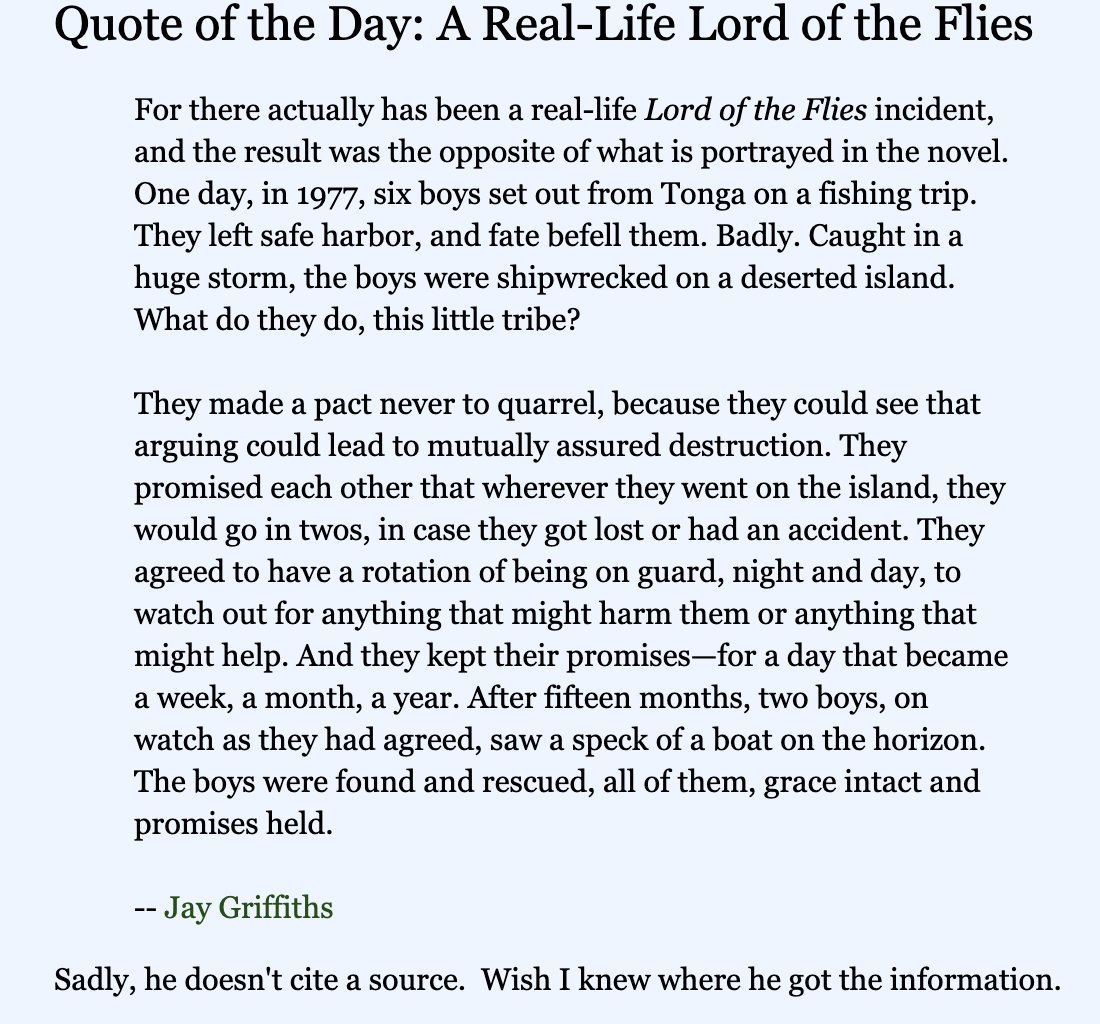
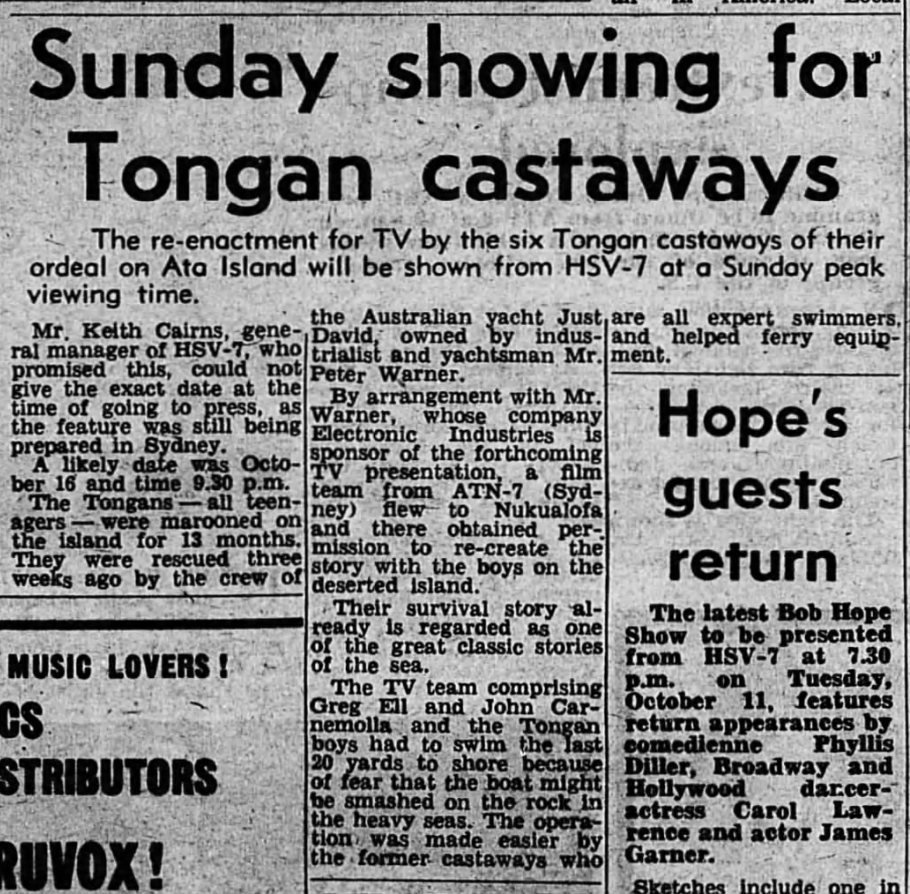
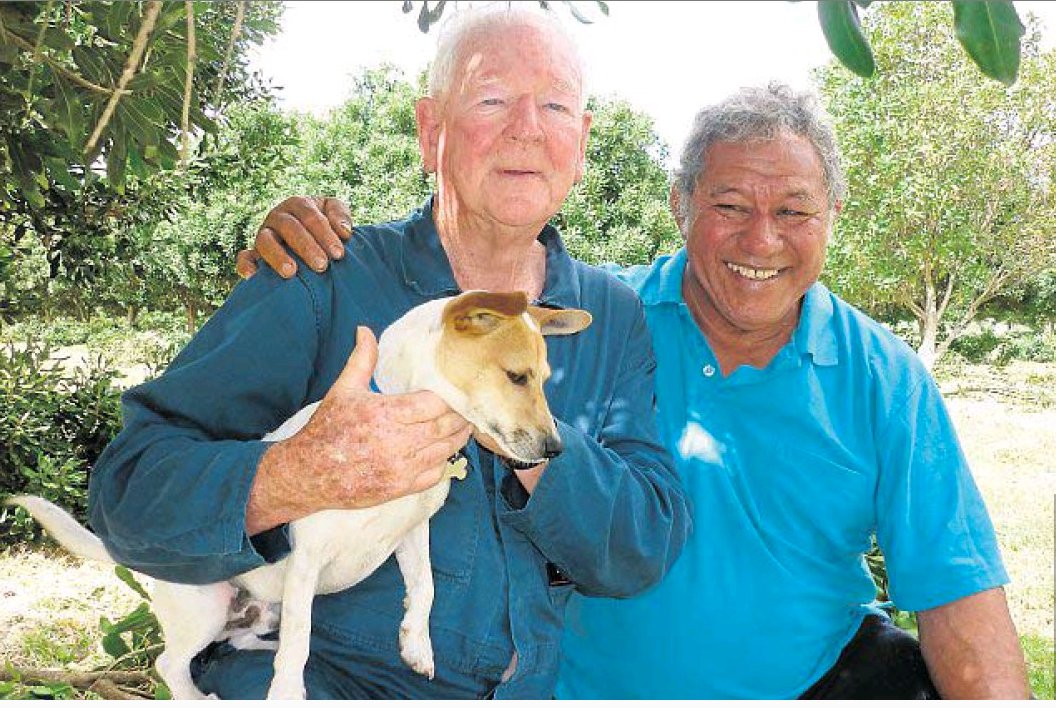
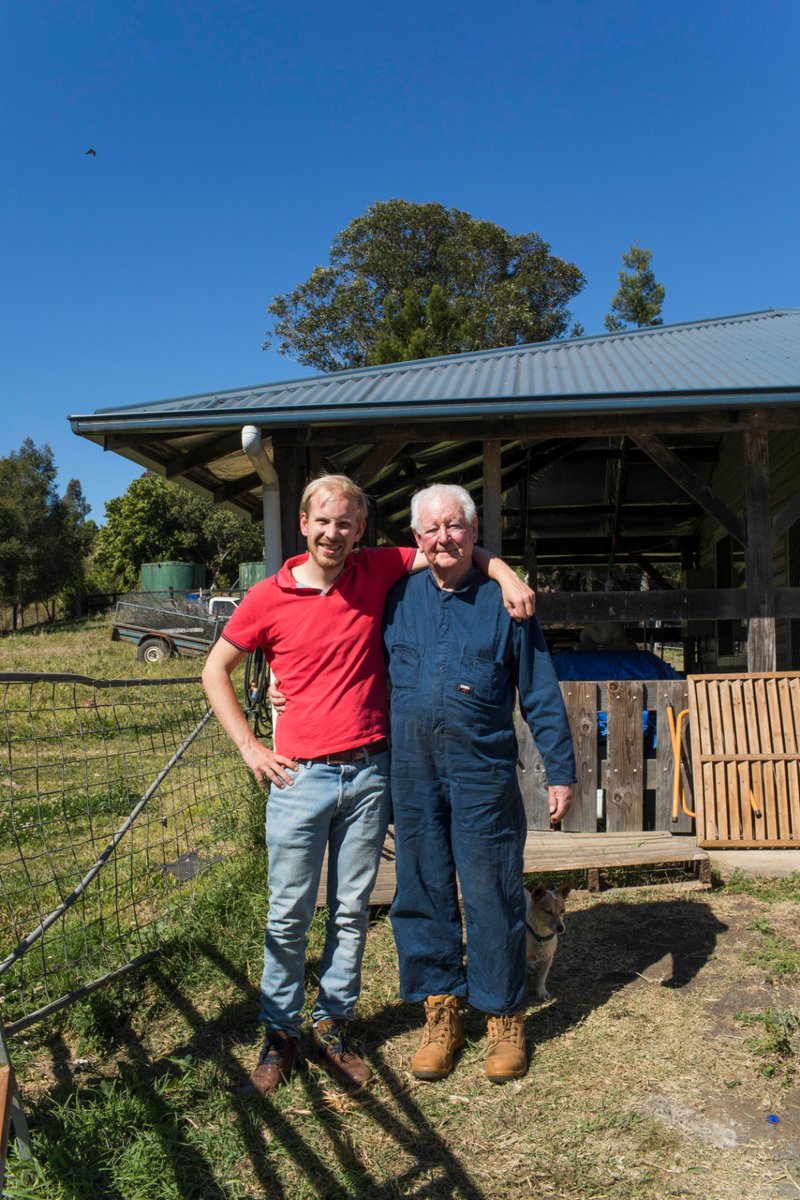
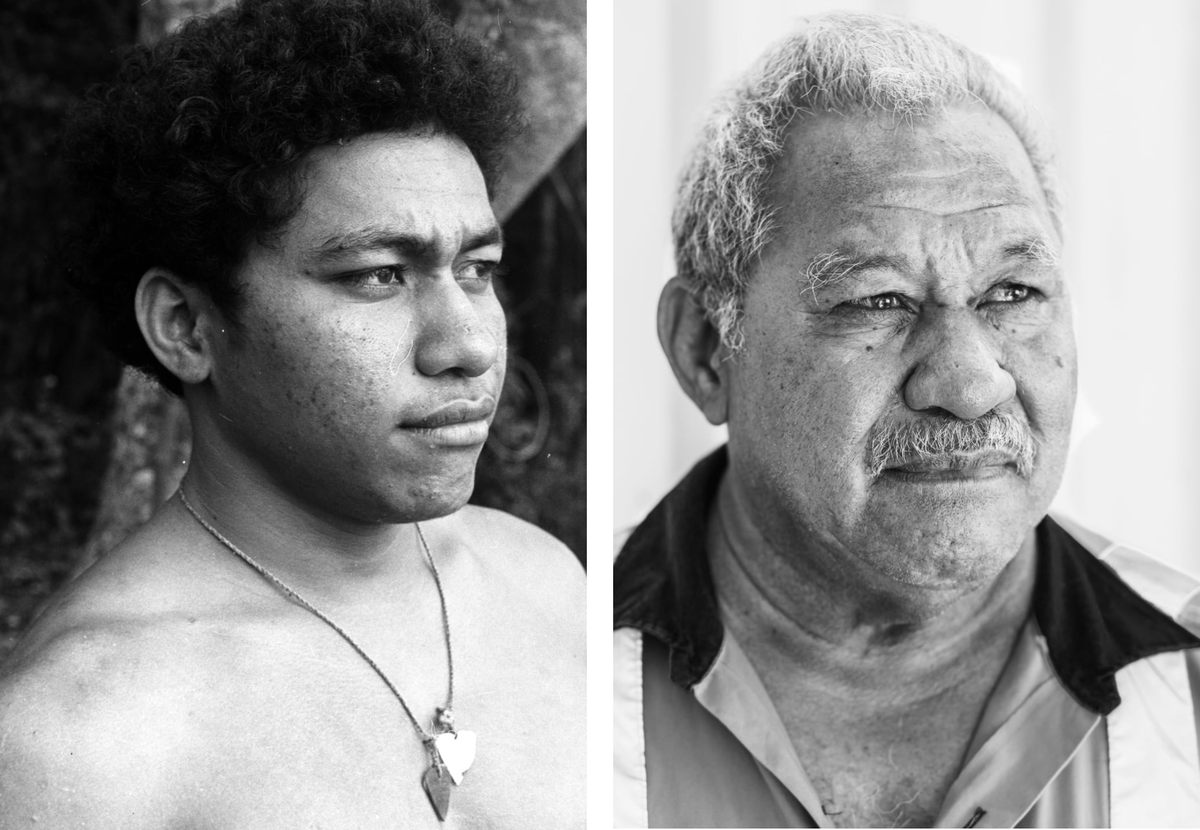
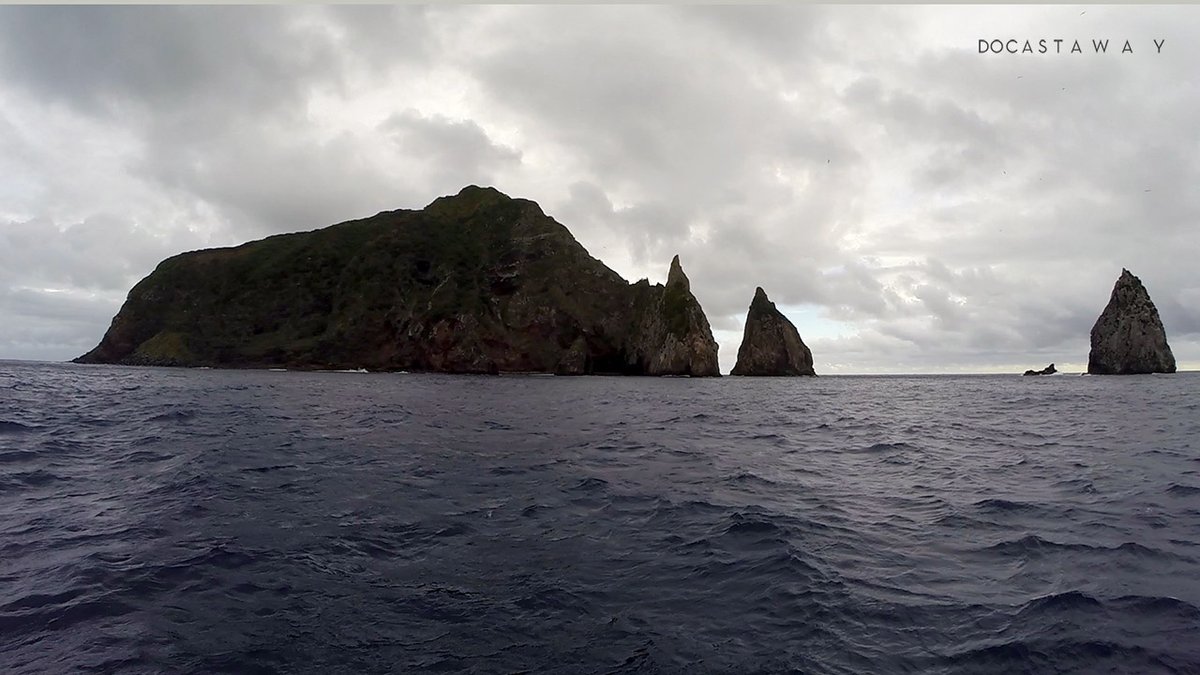
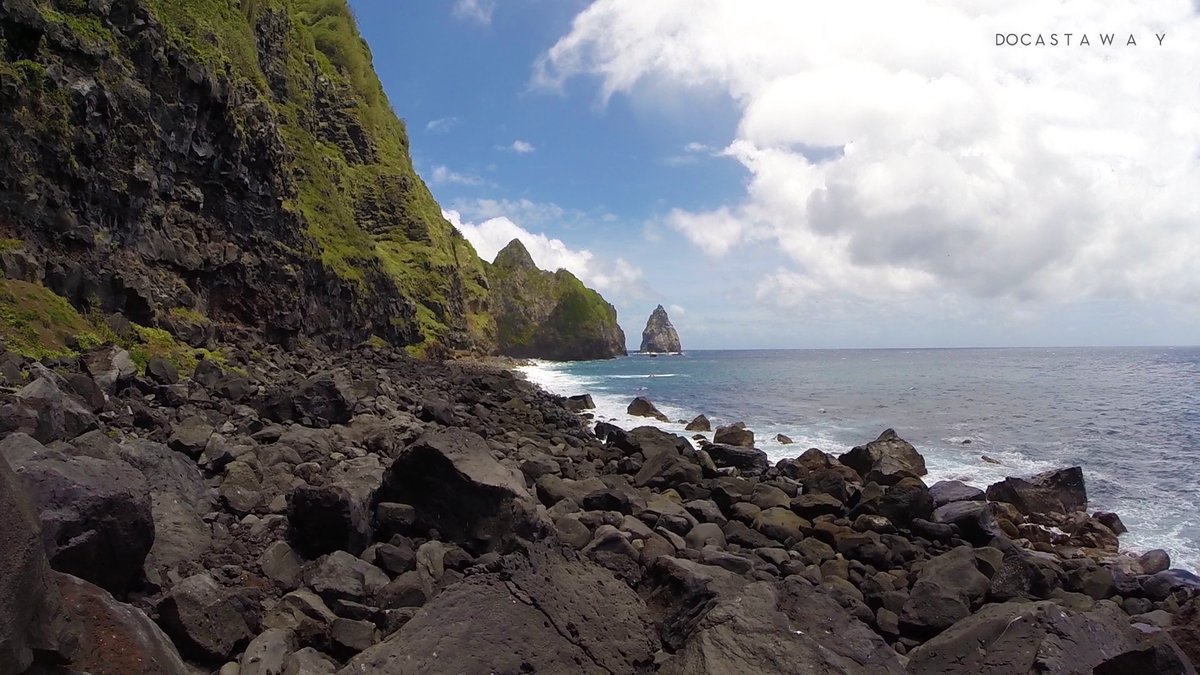

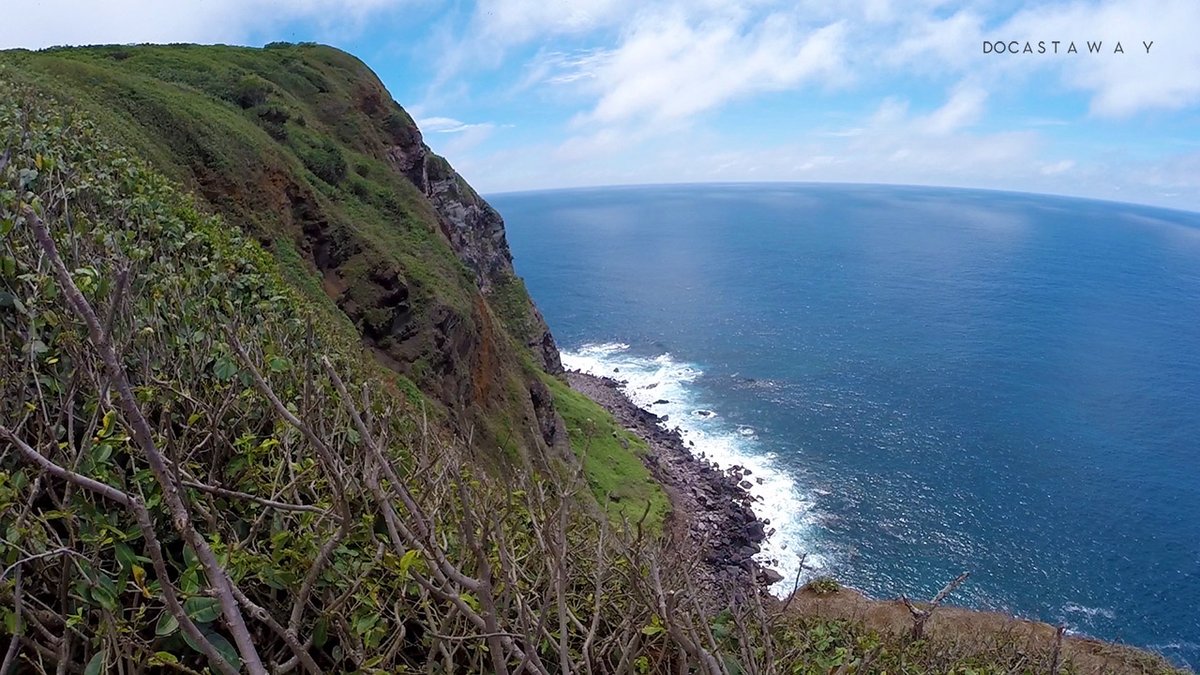
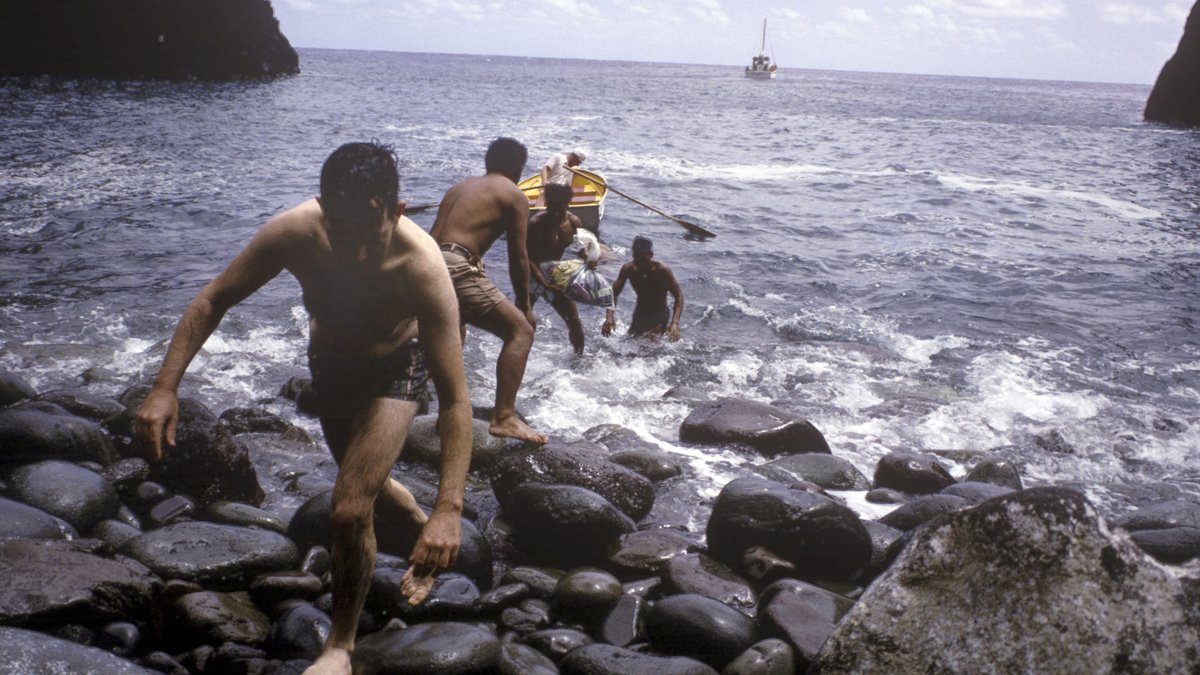
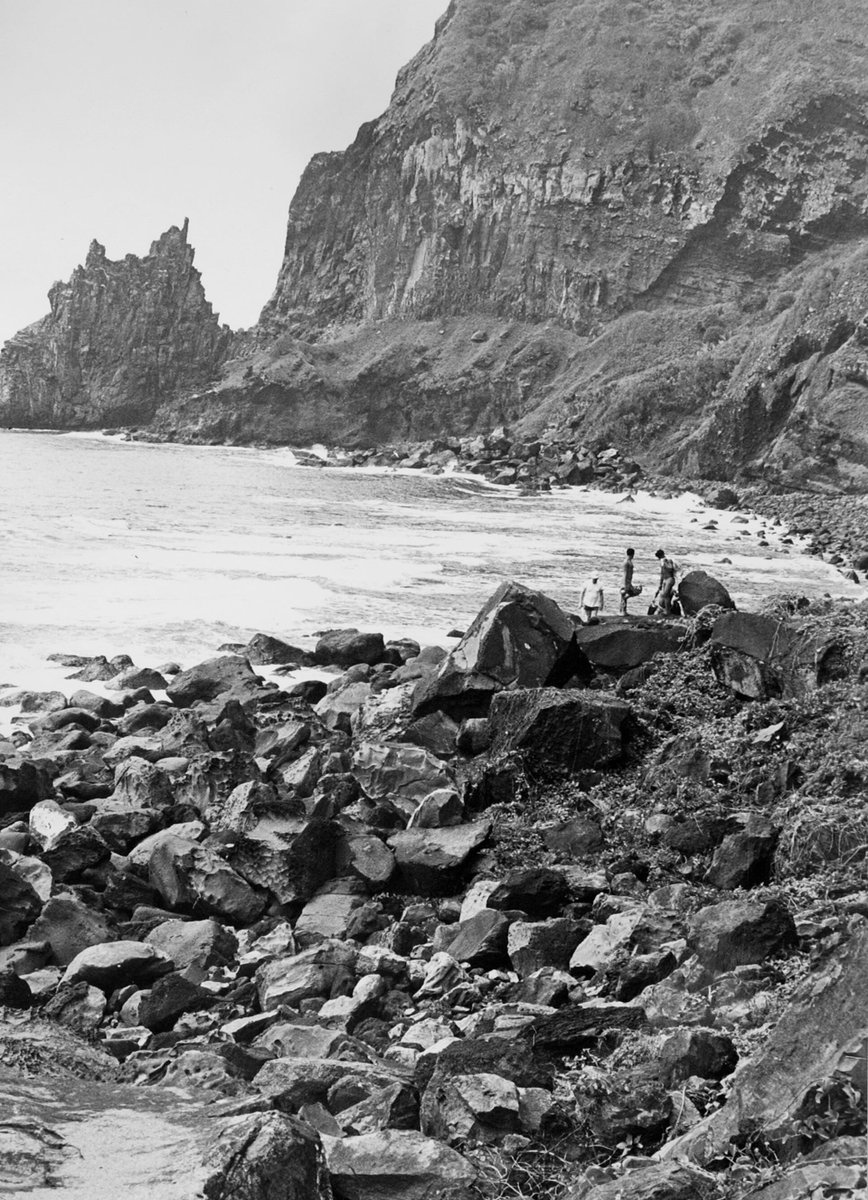
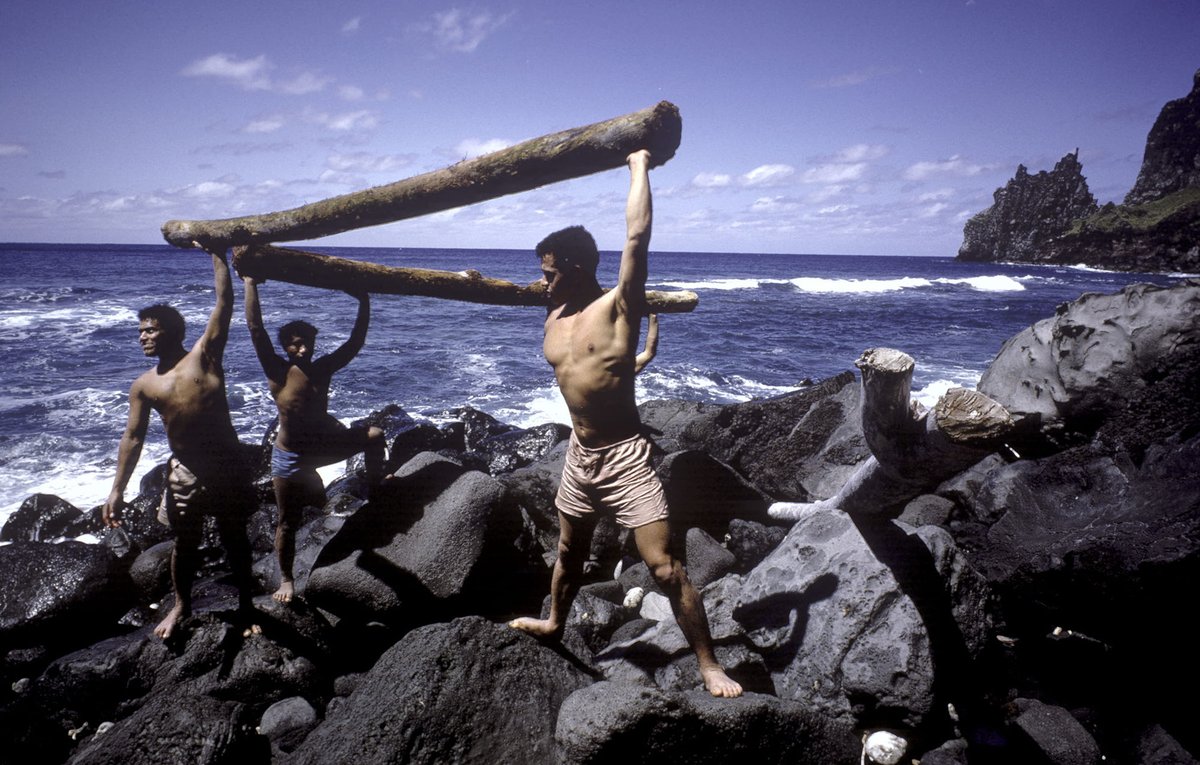
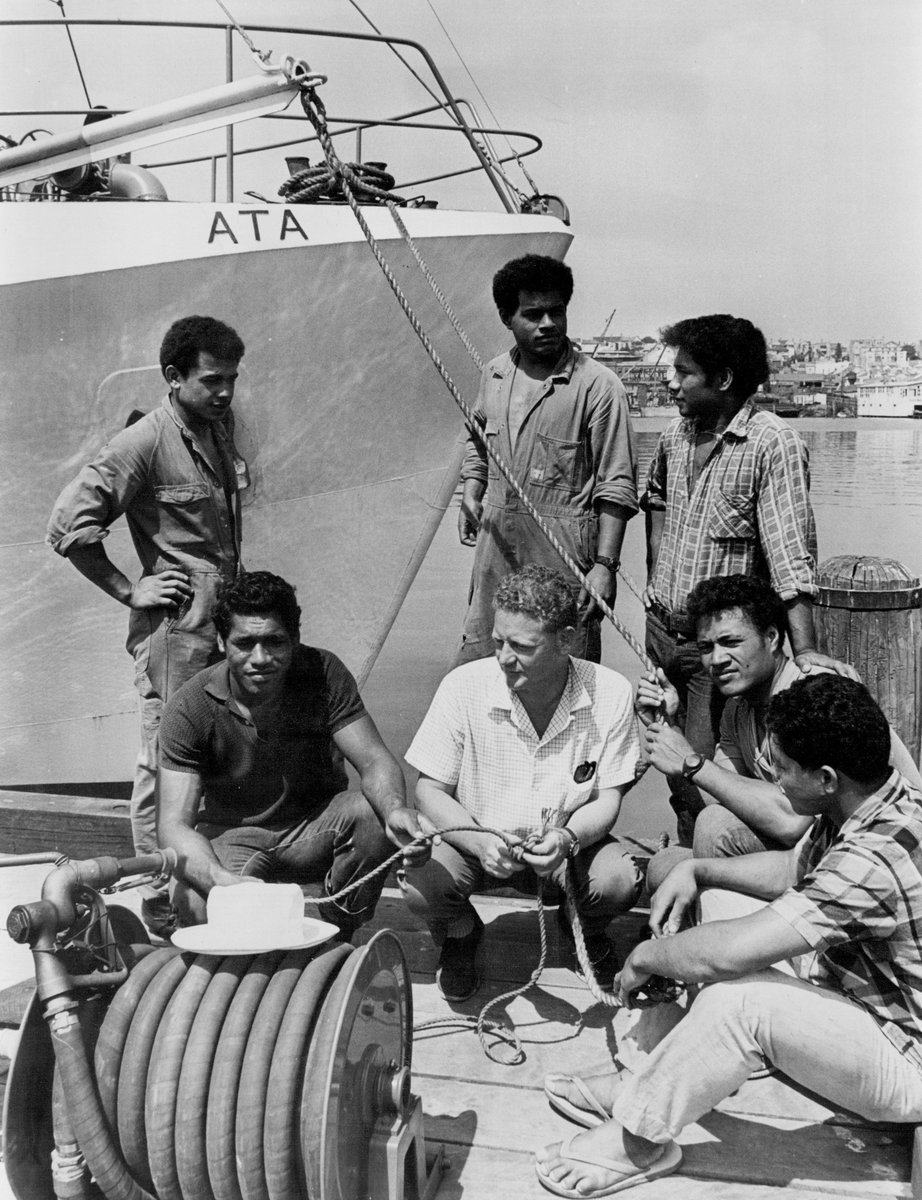

![Because the Real Lord of the Flies is a story of human friendship and resilience, a story about how much we can accomplish if we work together. [Photo& #39;s of Peter and Mano by Maartje ter Horst] Because the Real Lord of the Flies is a story of human friendship and resilience, a story about how much we can accomplish if we work together. [Photo& #39;s of Peter and Mano by Maartje ter Horst]](https://pbs.twimg.com/media/EXpqhd9XkAEil3W.jpg)
![Because the Real Lord of the Flies is a story of human friendship and resilience, a story about how much we can accomplish if we work together. [Photo& #39;s of Peter and Mano by Maartje ter Horst] Because the Real Lord of the Flies is a story of human friendship and resilience, a story about how much we can accomplish if we work together. [Photo& #39;s of Peter and Mano by Maartje ter Horst]](https://pbs.twimg.com/media/EXpqoXCXYAAihnE.jpg)
![I& #39;ve got a much longer version of the tale in my new book HUMANKIND, which is available for pre-order now. https://www.rutgerbregman.com/books&quo... And there& #39;s more to come! [The end] I& #39;ve got a much longer version of the tale in my new book HUMANKIND, which is available for pre-order now. https://www.rutgerbregman.com/books&quo... And there& #39;s more to come! [The end]](https://pbs.twimg.com/media/EXpraSDXsAAn9NK.jpg)


